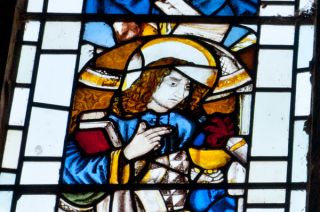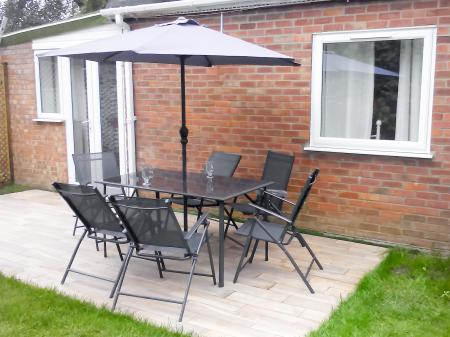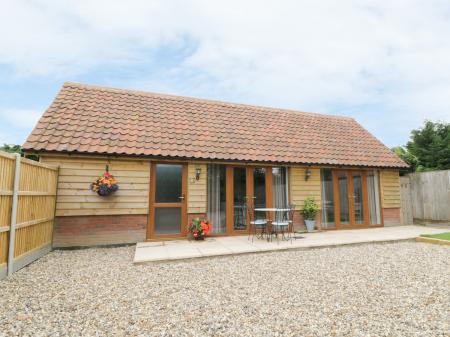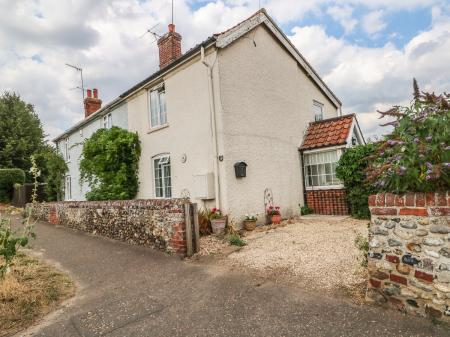
Medieval Norfolk had a reputation as a centre for stained glass, and a distinct regional style developed in the area. More than 150 churches in Norfolk still retain medieval stained glass, and the Hungate museum showcases a number of church trails that visitors can take to explore this rich heritage.
Explore how stained glass was made, and view wonderfully illuminated examples of glass from across the county and from St Peter's own collection of 15th and 16th-century stained glass.

There are hands-on activities for children, and there are regular, free family arts and crafts activity days.
Hungate
The name takes a bit of explaining. It has nothing to do with Germanic Huns, but probably refers to 'hounds', as there were kennels for hunting dogs in the area during the medieval period.
The church dates mainly from the 15th century, when it was rebuilt at the expense of the powerful Paston family, who had a town house on nearby Elm Hill. John Paston (1421-1466) is buried in the south transept. The headstops on the large south transept window are believed to depict John Paston and his wife. The only monument inside the church to survive is that of Matthew Goss (d. 1779).

One highlight is the large Perpendicular windows, which let in so much light that the interior seems more spacious and airy than it actually is. The tower and chancel are slightly earlier; they were rebuilt around 1431 by Thomas Ingham. The chancel had to be rebuilt again in 1604 after it collapsed.
The oddly truncated tower is capped with a pyramidal roof put on in 1906 after the belfry was pulled down. With all that renovation it is perhaps surprising that both north and south doors are original, dating to around 1460. The south porch, which acts as the main entrance, was erected in 1497 by Nicholas Ingham, whose grave lies inside the porch.
The nave has a lovely timber roof decorated with gilded figures. The beams lead to more gilded roof bosses, the central one being a depiction of Christ in Judgment. There is a 15th-century font wit an extremely attractive cover carved in 1605 in the form of an open-work steeple. There are fragments of medieval glass gathered in the east window.
Curiously, St Peter Hungate was one of the first churches to adhere to the Oxford Movement and became an extremely fashionable place of worship in the mid to late 19th century. Despite that, the building continued to decay, and by 1897 the churchwardens resorted to covering a hole in the roof with a tarpaulin to keep the rain out.
Despite sporadic restoration, it was in danger of demolition by 1931. The Norfolk Archaeological Trust saved it from destruction and turned it into a museum of church art.
Visiting
When we visited opening times were rather limited, so it is best to check ahead of time. On the other hand, the staff were incredibly friendly, and genuinely interested in sharing the rich history of the church and the stained glass. Hungate isn't all about stained glass, though that is the major focus.
When we visited there was an exhibition of carved bench ends from churches around Norfolk, and examples of painted medieval chancel screens on display. If you enjoy church art, whether glass, carving, or painting, Hungate is well worth a visit. We enjoyed it immensely.






of a woodwose
 We've 'tagged' this attraction information to help you find related historic attractions and learn more about major time periods mentioned.
We've 'tagged' this attraction information to help you find related historic attractions and learn more about major time periods mentioned.



